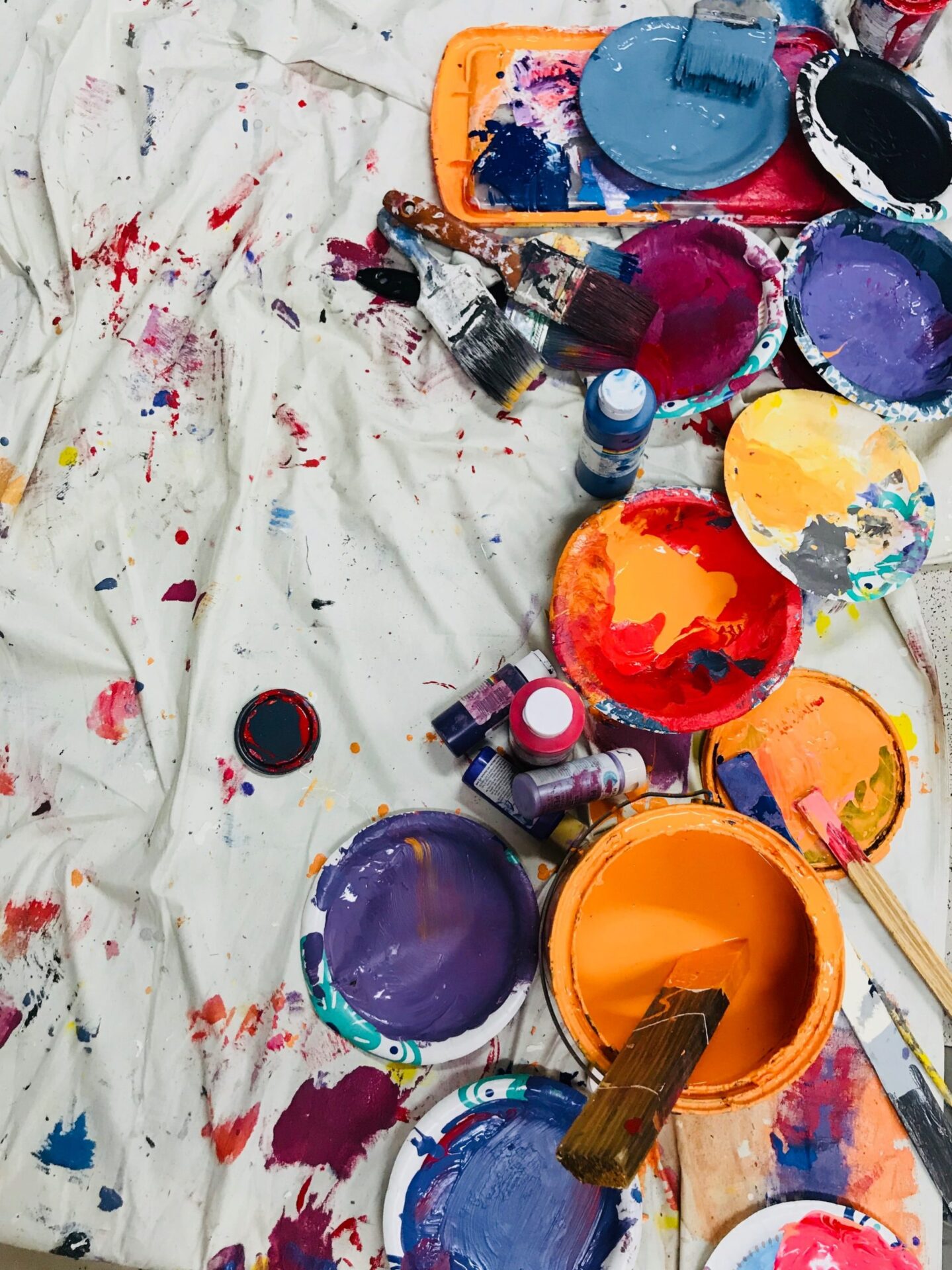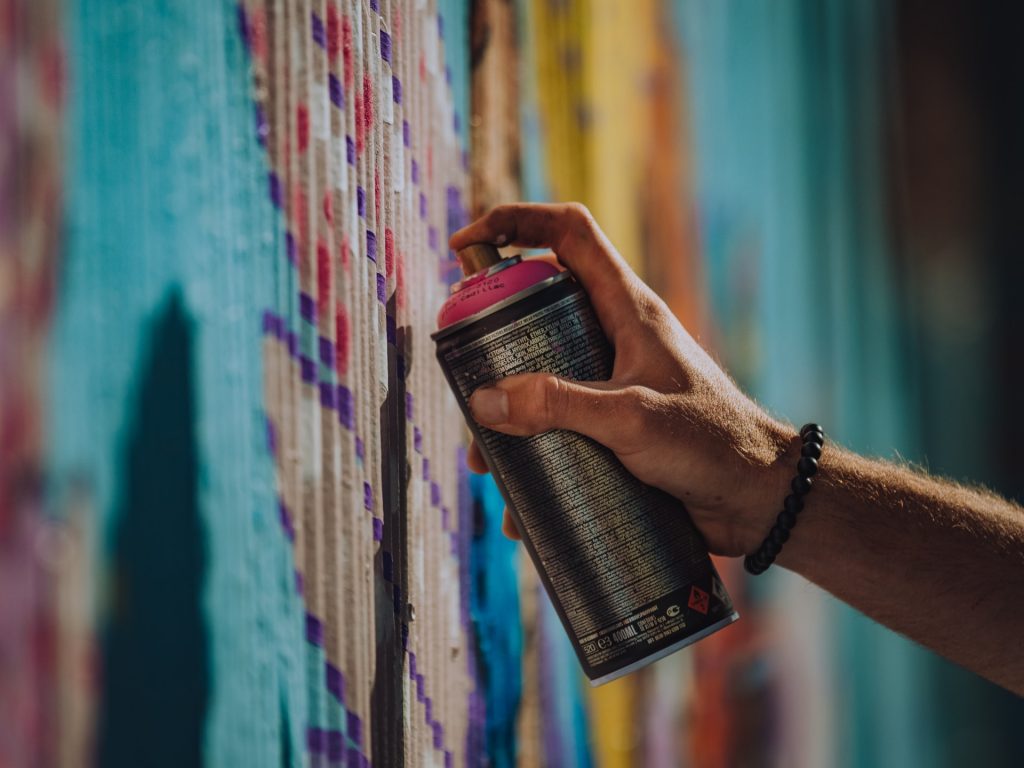
Over time, the color of your home’s exterior and trim can start to look dull and dated, despite regular cleaning and maintenance. If you’re thinking about painting your house, you might be wondering what’s involved in this project—and if it’s actually worth the investment of your time and money. In this article, we give you 10 tips to paint a house like a pro fast and easy so that you know exactly what to expect when it comes time to get started.
Purchase Quality Paint
If you’re painting a house, the first thing you should do is purchase quality paint. The paint that comes in the box is not going to be good enough for your new home. You want to purchase paint that is made specifically for wood and can withstand the elements outdoors.
You also want to make sure that it’s a high-quality brand name paint. This will ensure that it lasts longer than cheaper brands, which typically don’t hold up very well in harsh weather conditions like snow or rain.
Invest in Excellent Brushes
Good brushes are a must-have for any painter. They allow you to get into tight spaces, paint over large areas and paint multiple colors.

A good brush is comfortable to work with, has a long handle, and can hold its shape when wet, dry, or under pressure. It should also be easy to clean and store, which means it won’t get clogged with paint.
Investing in high-quality brushes will give you the most bang for your buck.
Don’t Remove the Old Paint
Here’s a great way to save time and money on your next paint job: skip scraping off old paint.
Scraping is the most time-consuming part of the painting process. You spend hours scraping and sanding, which removes the old paint and reveals fresh layers underneath.
Scraping can also be dangerous because it’s hard to get access to all areas of a wall or ceiling, so you may need help from someone else.
Don’t Buy the Paints Separately
Painting a house is not as easy as you might think. It is a major and expensive undertaking that requires a lot of planning, preparation, and commitment. The best way to get started is to buy all the paint together in one go from the same brand so that you don’t have to worry about matching colors or different brands of paint.
Ensure you Paint the House on A Dry Day
Painting the house on a dry day is the best way to ensure you have the right paint for the job. If it’s going to rain before the job is finished, you may have to wait until it stops. Otherwise, waiting until it’s dry will help you avoid problems with water-sensitive paints or stains.
The last thing you want is to have your paint job ruined by rain because of poor preparation and bad weather conditions. If you’re going to wait until it stops raining before starting your project, make sure that all of your supplies are in place and ready by then.
Cover Everything
The first step is always to cover everything in the house with plastic. This includes all furniture, walls, floors, ceilings, and more. If you don’t cover anything up, you’ll have to start over when you get back inside the house later on. It also ensures that your paint job will last longer and not chip off easily like other types of paints might do over time.
Start From The Top Down
The most popular way to paint your walls is by starting at the ceiling and working your way down to the floor. This is because most people find it easier and faster to work their way up, rather than down! You don’t need any special equipment or tools for this process either, so it will cost less money and take less time overall than other ways of painting your walls.
Spray If Possible
Spray when possible. Spray painting is often the fastest, easiest, and most effective way to do a job. It has one major disadvantage: It’s not always the most durable way of painting, so you have to be careful about where you put it.

For example, if you put a coat of paint on a wooden door jam and then leave it out in a rainstorm, it will probably dry out and start peeling off in large chunks. If you’re working outdoors, spray painting is definitely your best choice because it dries quickly, which means you can get back to work sooner.
If you’re painting inside an enclosed space like an attic or basement, then spraying is probably not the best option for you because it’ll take longer than other techniques for the paint to dry. And if there are any cracks or holes that are big enough to let water through, then spraying won’t work at all because there’s no way to keep out moisture from entering your house through those areas.
Examine your Walls
Before you start painting, it is important to examine your walls for any signs of damage. If there are any cracks or holes in the wall, fill them with spackle and cover them with tape. Once you have done this, use a trowel or paintbrush to smooth out the surface.
Next, take a look at your windows. If they are in good condition, then you do not need to remove them for painting. You can use acrylic primer on glass surfaces that have been cleaned properly.
If you have any large holes in your walls or windows which cannot be patched with spackle, then consider replacing them with new ones before painting begins.
Pick your Paint Color
Before you start painting, pick the best paint color for your home. Find a color that complements your décor, but don’t be afraid to go bold or add pops of color in unexpected places. When picking a paint color for a room, consider what you want to accomplish with the space and how it will look when finished.
For example, if you’re painting over dark wood floors and want to create more light in the room, choose a bright white or off-white instead of a dark gray. If you want to add some contrast to an otherwise neutral space, try choosing one of these five colors: white, gray, black, tan, and brown.
Paint Your House Like A Pro Today
There’s plenty to keep in mind when you paint your home. Picking the right product, and cutting it correctly are just two things that are easy to forget. By using the tips above, you can avoid these common pitfalls and make the best of any painting project. The results will be worth it in the end.








